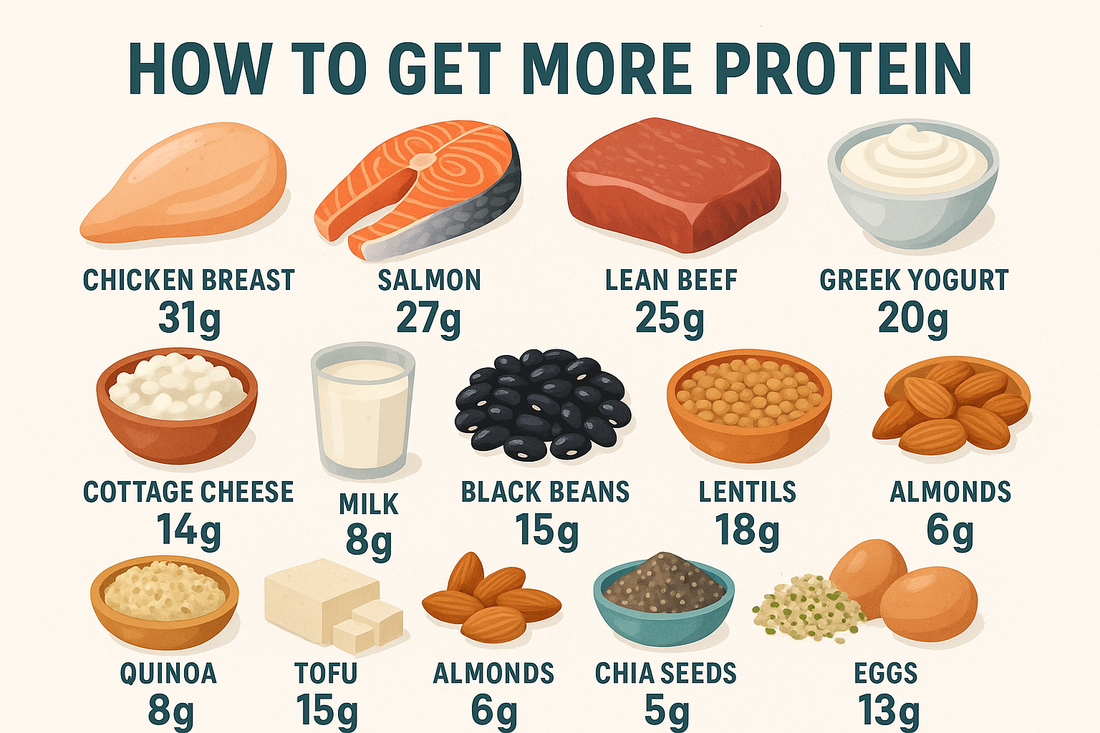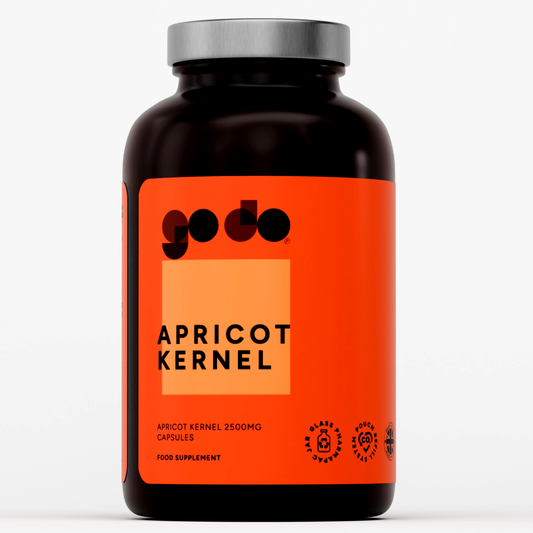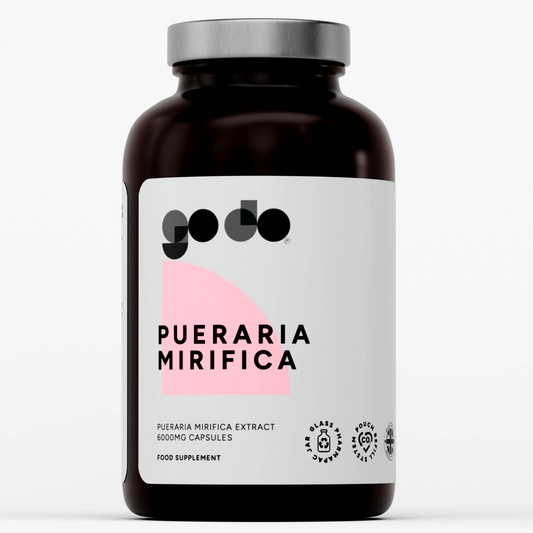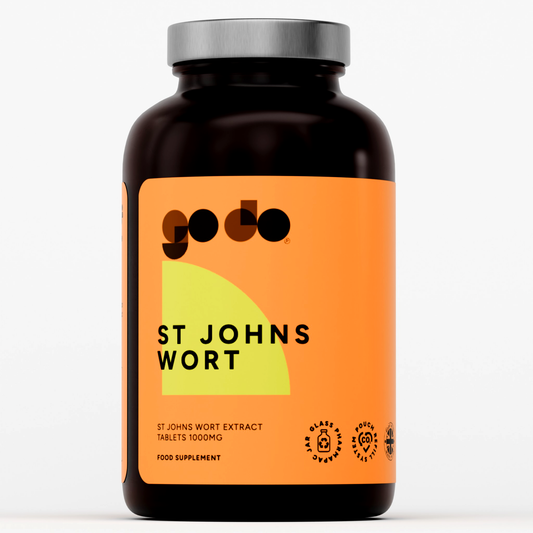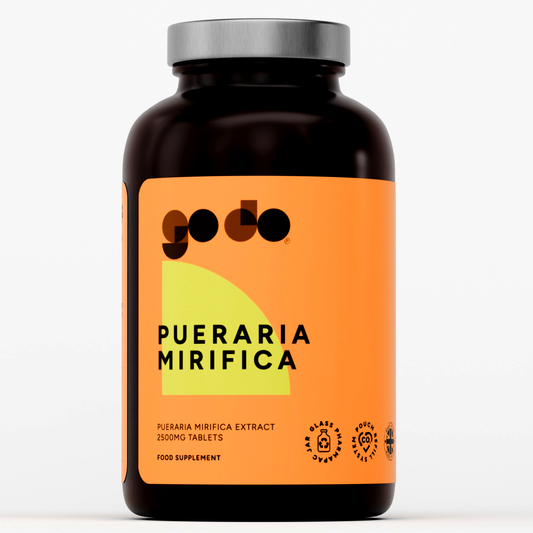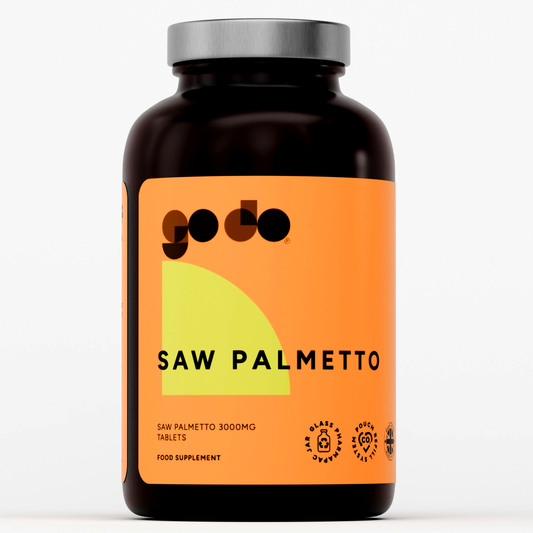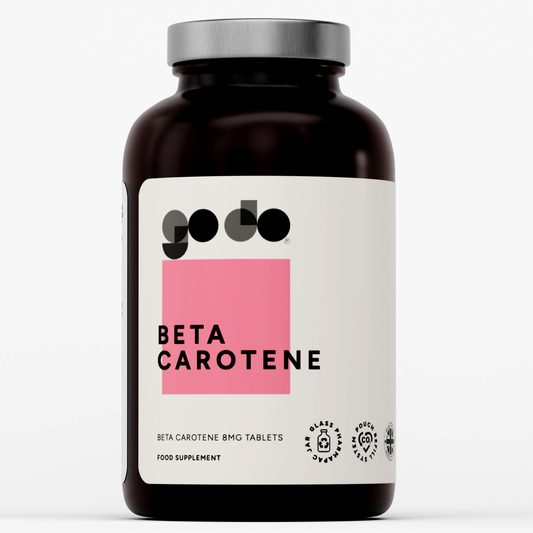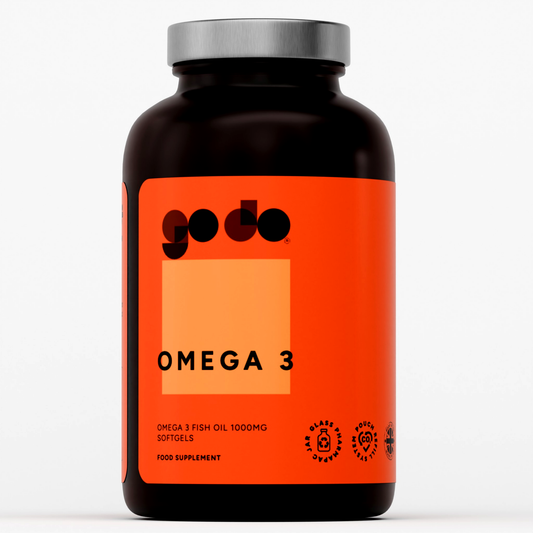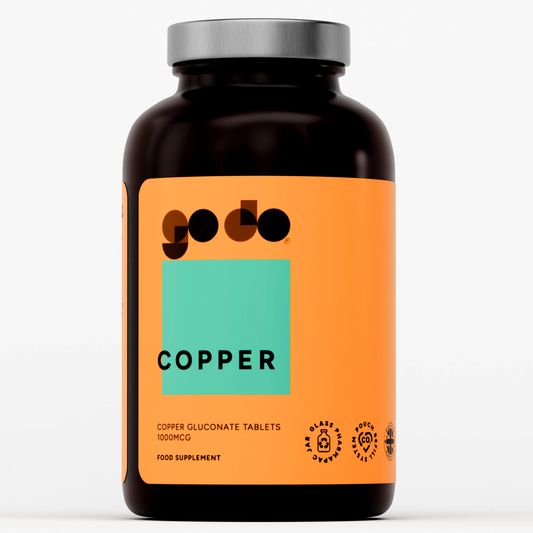How to Get More Protein: 10 Simple, Sustainable Strategies to Upgrade Your Diet
Protein isn’t just for bodybuilders or athletes—it’s a cornerstone nutrient for everyone. Your muscles, bones, skin, hormones, enzymes, and immune system all rely on it for maintaining muscle mass . Getting enough protein helps you feel fuller for longer, stabilize energy, recover from workouts, and maintain lean mass as you age. Yet many people still fall short, especially at breakfast and in snacks, or they concentrate most of their protein at dinner and miss the benefits of spreading it throughout the day. The fix isn’t complicated. With a few smart habits, you can raise intake without turning your life upside down. A healthy diet includes high-protein foods, which are essential for overall well-being and provide important nutrients your body needs.
This guide breaks down exactly how much protein you might need, the most practical ways to get more, and how to do it with foods you actually like. Whether you’re omnivorous, vegetarian, or fully plant-based, you’ll find strategies that fit your preferences, budget, and routine. We’ll cover complete protein sources, essential amino acids, smart breakfasts, protein-forward snacks, high-protein plant options, and how to balance everything with fiber and healthy fats. By the end, you’ll have a repeatable plan you can use right away.
Why protein matters more than you think starts with amino acids. Protein is made of amino acids—some your body can synthesize and some it can’t. The ones you must get from food are essential amino acids (EAAs). Foods that provide all EAAs in sufficient amounts are complete proteins. In fact, animal protein is a high-quality source of essential amino acids and provides a complete protein profile. Animal sources such as meat, fish, dairy, and eggs are rich in essential amino acids and valuable nutrients, making them optimal options for meeting dietary protein needs. So are soy products, including tofu, tempeh, and soya milk. Plant foods such as beans, lentils, grains, nuts, and seeds often provide complementary amino acid profiles; eaten across a varied day, they still deliver everything you need for muscle repair, enzyme function, and immune support. Plant sources of protein also offer health benefits and can help prevent disease.
Adequate protein brings everyday benefits that show up quickly. You’ll likely notice better appetite and weight management because protein boosts satiety hormones and slows gastric emptying, helping you eat fewer calories by increasing fullness. You’ll support muscle maintenance and growth, which is essential to maintain muscle mass as you age or if you train hard. Recovery and resilience improve as protein supports tissue repair after exercise and feeds your immune system. Over the long haul, higher protein intakes can help offset age-related muscle loss (sarcopenia), making daily tasks feel easier and strength gains more attainable. However, consuming excess protein without enough physical activity can lead to weight gain, so balance is important.
How much protein you need depends on your size, age, and activity level. For general healthy adults, 0.8–1.0 grams per kilogram of body weight per day covers baseline needs. If you’re active or want to maintain or build muscle, 1.2–1.6 g/kg is a practical, effective range, and up to around 2.0 g/kg can make sense during intense training phases. Older adults around 60 and up often benefit from 1.0–1.2 g/kg to preserve function, and pregnancy or postpartum periods call for individualized guidance from a clinician or dietitian. Choose a range you can hit most days without stress to ensure you get enough protein .
Distribution matters as much as the total. Aim for 20–40 grams of protein at each main meal and 10–20 grams in snacks. That pattern maintains a steady supply of amino acids and optimizes high protein snacks and muscle protein synthesis multiple times daily. Many people under-eat protein at breakfast and overcompensate at dinner. Flipping that script—especially upgrading breakfast—can stabilize appetite and energy, and make it far easier to reach your daily target without relying on last-minute shakes or bars.
The simplest way to eat more protein is to anchor every meal with it. Choose the protein first, then build around it with vegetables, whole grains, and sauces. Breakfast anchors include eggs or egg whites, Greek yogurt or skyr, cottage cheese, high-protein soy yogurt, tofu scramble, or protein oatmeal made by cooking oats in milk and stirring in whey, soy, or pea protein. Lunch and dinner anchors might be chicken or turkey breast, lean beef or pork tenderloin, fish like tuna, salmon, or cod, tofu or tempeh, edamame, lentils, chickpeas, black beans, or seitan. If your plate looks carb-heavy, add a protein side or increase the main protein portion. When you eat meat, choose lean cuts and enjoy in moderation, as a varied approach helps you get the benefits of animal and plant proteins while minimizing risks.
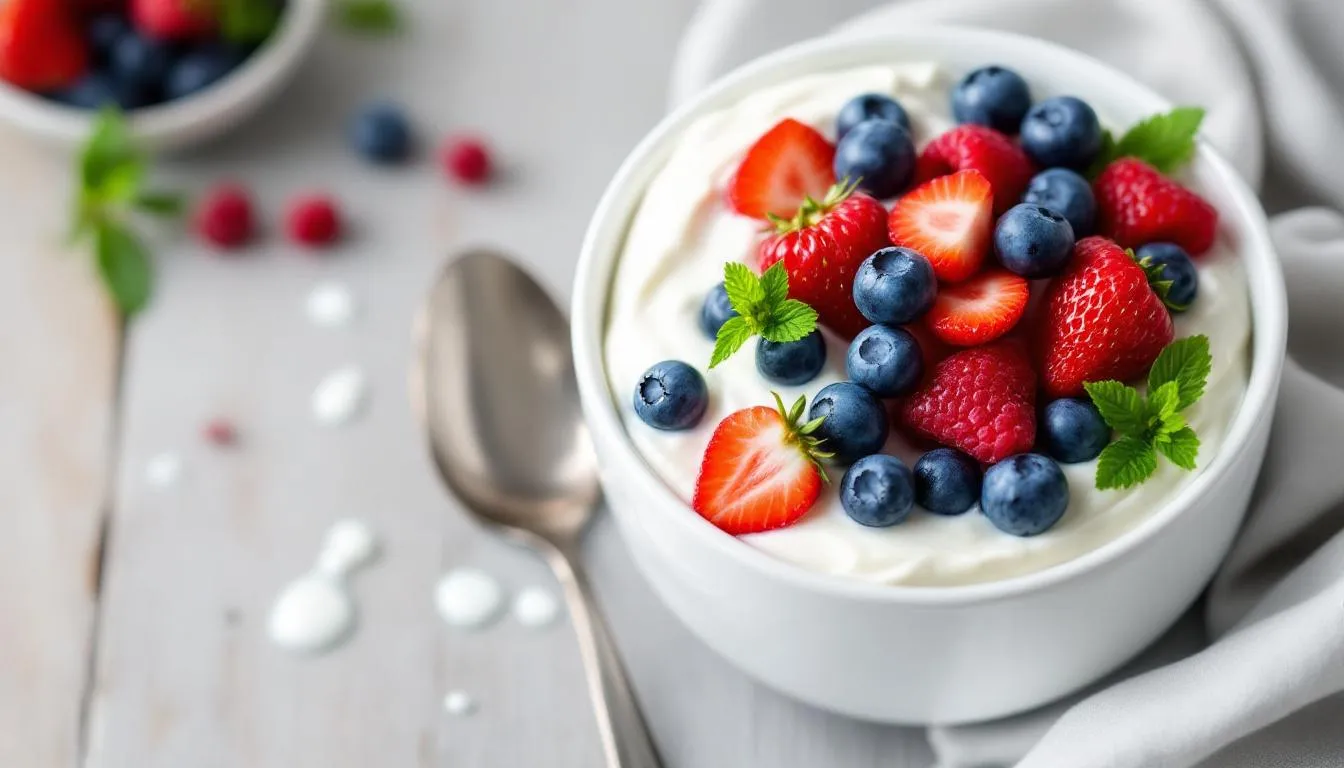
Breakfast upgrades are the highest-leverage change most people can make. Two or three eggs with whole-grain toast and fruit, 200 grams of Greek yogurt with berries and pumpkin seeds, or a tofu scramble piled with vegetables are quick, satisfying options. If you love oats, cook them in cow’s or soy milk (7–9 grams of protein per cup, similar to dairy) rather than water, and mix in a scoop of protein powder. Oat or almond milks are typically much lower in protein; using soy or dairy instantly raises the meal’s total without extra effort.
Protein-forward snacks keep you full between meals and make meeting your target effortless. Aim for 10–20 grams per snack. Options that travel well include Greek yogurt cups, skyr, cottage cheese tubs, jerky or biltong, edamame packs, roasted chickpeas, canned beans string cheese, hard-boiled eggs, soy yogurt, and simple protein bars or shakes. If you prefer pairings, try an apple with natural peanut butter (choose varieties with no added sugars), whole-grain crackers with cottage cheese, hummus with whole-wheat pita, or seeds mixed into yogurt. Chopped nuts are a great topping or mix-in for cottage cheese, yogurt, or salads to boost protein and healthy fats. Nut butter is also a plant-based, protein-rich spread for wholegrain bread. High protein snacks are recommended for meeting daily protein needs, especially if you have a poor appetite or higher requirements. Small upgrades here add up fast across a week.
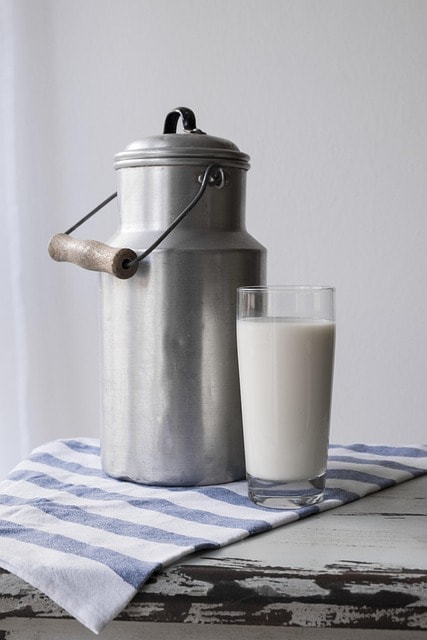
Use dairy strategically if it fits your diet. Greek yogurt and skyr often deliver 15–20 grams per single-serve tub, with a pleasant tang that works in sweet or savory dishes. Cottage cheese is versatile on toast, in bowls, or stirred into scrambles. Milk and soy milk add about 8 grams per cup to cereal, oats, smoothies, or coffee. If you’re watching saturated fat, reduced-fat options keep the protein while trimming fat. Dairy products like milk, yogurt, and cheese provide calcium and protein essential for keeping bones healthy. A simple swap from low-protein yogurt to Greek, skyr, or soy varieties can triple your intake from the same portion.
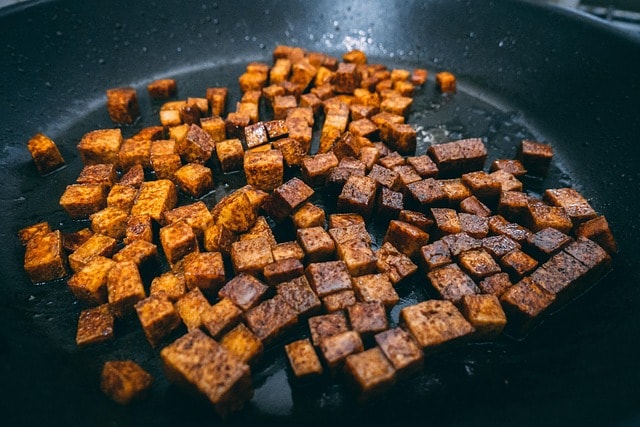
Lean on legumes and soy for cost-effective, fiber-rich, heart-friendly protein. Stock tinned beans—black, kidney, cannellini—plus chickpeas and lentils, either tinned or dry. Keep tofu, tempeh, edamame, and soya milk or yogurt on hand. Easy add-ins include stirring lentils into bolognese, tossing chickpeas into salads, sheet-pan marinated tofu alongside vegetables, or mixing a bean-and-tuna (or bean-and-tofu) salad for lunch boxes, or adding baked beans . The fiber in legumes supports gut health and satiety, making high-protein eating more comfortable and sustainable. Split peas are another excellent source of plant-based protein and fiber.

Fortify your meals with “protein boosters” to lift totals without overhauling recipes. Sprinkle hemp hearts, pumpkin or sunflower seeds, and chia onto yogurt, salads, and oatmeal. Use nutritional yeast or parmesan to add flavor and protein to pastas and veg. Fold egg whites into omelets for more protein with little added fat. Stir cottage cheese into scrambled eggs for a creamy texture and stealthy boost. Add half a can of beans to soups, stews, or pasta dishes. Keep canned fish handy for instant salads, toast toppers, or grain bowls.
Pair every carb with a protein to stay fuller longer. Carbohydrates are valuable for performance and satisfaction, but they shine brightest when matched with an anchor. Toss pasta with chicken, prawns, tofu, or soy mince; consider chickpea or lentil pasta for an extra 20–25 grams per serving. Add protein to a pasta dish to boost its protein content and make it more satisfying. Serve rice with beans or tofu and add a side of edamame. Brown rice is a nutritious whole grain that is higher in fiber and protein than white rice, and works well in dishes like vegan jambalaya or Buddha bowls. Top potatoes with salmon or cottage cheese. Build wraps with turkey, chicken, or hummus, then add extra tofu or beans. When eating out, ask for an extra protein portion or consider pairing different foods —most restaurants will accommodate for a modest cost.
Cook once, eat twice—or thrice—to remove weekday friction. On the weekend, roast extra chicken thighs or tofu and portion into 25–35 gram servings. Simmer a pot of lentil chili or bean stew and freeze single portions for fast dinners. Prep tuna-and-bean salad with olive oil and lemon; it keeps well for two to three days. Bake a tray of tempeh with soy sauce, garlic, and maple to drop into bowls and wraps. When ready-to-eat proteins are in your fridge, assembling high-protein meals becomes effortless. Stir fries are a quick, healthy way to combine vegetables and high-protein ingredients like edamame, seafood, or legumes for a balanced meal.
Read labels and choose higher-protein staples to upgrade familiar foods. For breakfast, pick cereals with around 10 grams per serving or pair regular cereal with protein yogurt. Choose breads with 5–8 grams per slice—seeded and sprouted loaves often qualify. Check yogurts and aim for at least 15–20 grams per tub for Greek, skyr, or soy styles. Consider legume-based pastas like chickpea or lentil varieties, which provide roughly 20–25 grams per 56 grams dry. If you prefer wheat pasta, combine it with a hearty protein sauce so the plate stays balanced. Always check the protein content of foods to make informed choices and ensure you’re meeting your needs.
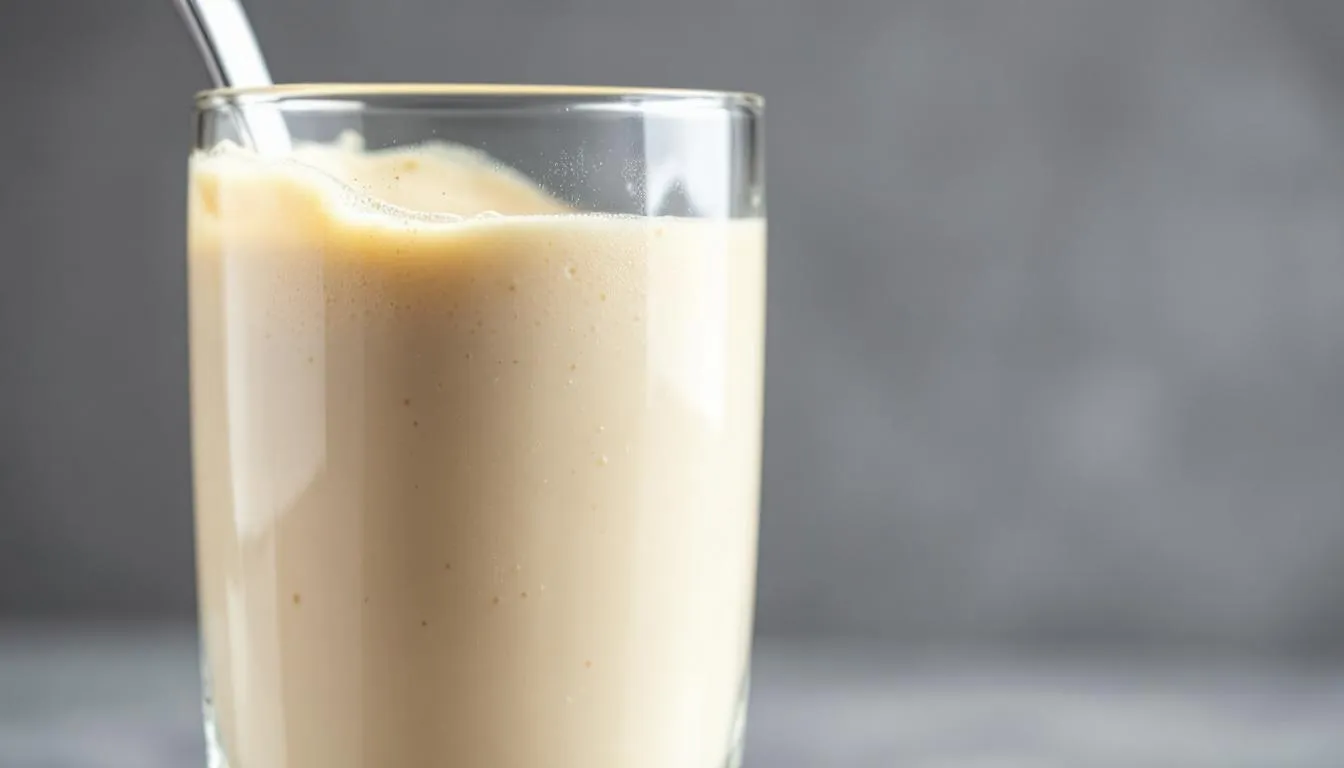
Use protein supplements as a tool, not a crutch. Shakes and powders are convenient when appetite or time are limited. Whey or casein work well for dairy-eaters; soy or a pea/rice blend suits plant-based diets. Look for 20–25 grams of protein per scoop and minimal added sugars. Use them after workouts, on rushed mornings, or to round out a low-protein meal. Blend with cow’s or soy milk to add a few extra grams and better texture. Supplements help you be consistent, but whole foods should remain your foundation.
Balance protein with overall health by emphasizing fiber, healthy fats, and minimally processed choices. Pair higher protein with vegetables, fruits, whole grains, legumes, nuts, and seeds to support digestion, heart health, and your gut microbiome. Favor fats from olive oil, avocados, nuts, and seeds, and keep saturated fat in check with lean meats and reduced-fat dairy as needed. Reducing saturated fats by choosing lean meats and plant-based proteins supports cardiovascular health. Many high-protein foods—eggs, fish, beans, tofu—are naturally low in processing and sodium, making it easier to eat well without micromanaging labels. Also, consider the nutritional value of high-protein foods, as they often provide important nutrients like iron, zinc, and calcium, along with other nutrients needed for optimal health.
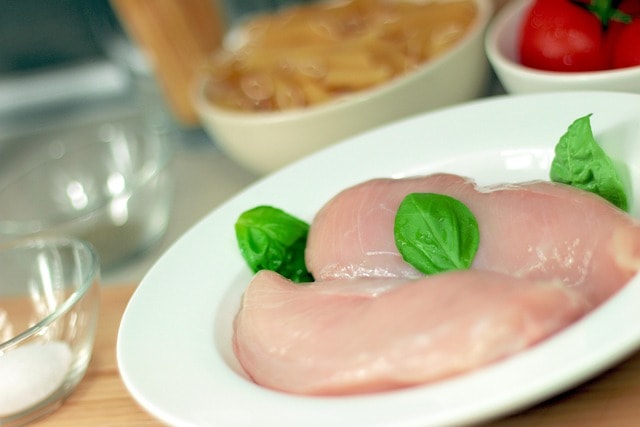
A practical portion guide helps you estimate protein without constant tracking. About 100–120 grams of cooked chicken or turkey breast delivers 25–30 grams of protein; 120 grams of cooked salmon or tuna is similar. Three large eggs provide 18–21 grams, and adding egg whites increases the total with little fat. Two hundred grams of Greek yogurt or skyr gives 20–22 grams; the same amount of cottage cheese offers 22–24 grams. A 300 ml glass of milk or soya milk adds roughly 10–12 grams. Firm tofu at 150–180 grams offers around 18–24 grams, and tempeh at 120–150 grams gives 20–25 grams. A cup of cooked lentils or beans brings 15–18 grams, a cup of edamame 17–19 grams, and a scoop of protein powder 20–25 grams.
To see it in action, imagine an omnivorous day around 120–140 grams of protein. Breakfast could be 200 grams of Greek yogurt with berries and two tablespoons of pumpkin seeds, plus a boiled egg. Lunch might be a chicken salad wrap with an edamame side. For a snack, cottage cheese with pineapple keeps you satisfied. Dinner could be a 150-gram cooked salmon fillet with potatoes and greens, and if you like, finish with a milk or soy milk latte. Without fuss, you’ve distributed protein evenly and met a robust daily target.
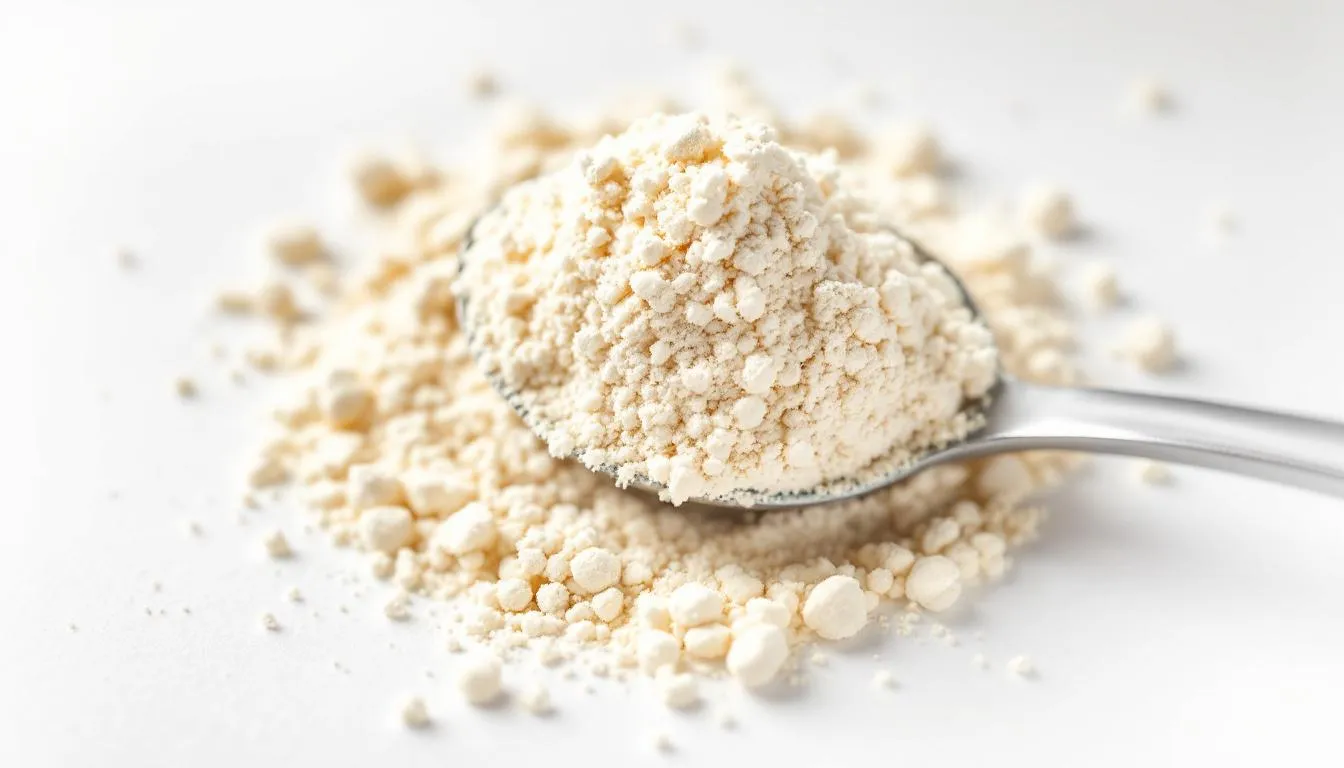
A plant-based day around 100–120 grams follows the same logic. Start with protein oats cooked in soy milk and a scoop of soy or pea protein, plus a little peanut butter. Lunch could be a tofu bowl with 180 grams of baked tofu, cooked quinoa, mixed vegetables, and a lemon-tahini sauce. Snack on a cup of edamame and a fortified soy yogurt. Dinner might feature chickpea pasta—56–75 grams dry—with tempeh marinara and roasted vegetables. The combination of soy, legumes, and higher-protein staples makes this straightforward and satisfying.
High-protein on a budget is absolutely doable. Buy dried lentils and beans in bulk; they’re inexpensive protein powerhouses that store well and work in soups, stews, and salads. Canned fish like tuna, sardines, and mackerel delivers protein plus omega-3 fats at low cost. Use eggs liberally—they’re affordable, versatile, and nutrient-dense. Tofu and tempeh are typically excellent value per gram of protein, especially from Asian supermarkets. Value cuts of meat like chicken thighs, pork shoulder, and lean mince stretch far in sauces and casseroles.
Meal planning keeps you on track when life gets busy. Plan the protein first to ensure a balanced diet , then add carbs, vegetables, and fats. Cook in batches—two proteins and one legume dish can create a week of easy meals. Prep grab-and-go snacks such as hard-boiled eggs, yogurt cups, cheese sticks, jerky, or edamame packs. Keep a simple list of five breakfasts, five lunches, and five dinners you enjoy that each provide at least 25 grams of protein, and rotate them to avoid decision fatigue.
Protein and exercise pair naturally. If you train regularly, timing is helpful but flexible. You don’t need to chug a shake within ten minutes of finishing, but aim for 20–40 grams within two to three hours post-workout to support recovery. Pair that protein with carbohydrates to replenish glycogen and prepare for your next session. Over time, total daily intake and distribution matter more than obsessing over a narrow anabolic window. Consistency beats perfection every time.
Special considerations and safety deserve attention. For healthy individuals, higher-protein diets within the ranges above are generally safe. If you have chronic kidney disease or other medical conditions, consult your clinician before increasing protein. Pregnancy, breastfeeding, and older adults may have higher needs or benefit from careful distribution for optimal weight loss —work with a registered dietitian for tailored targets. If you’re adding more protein and fiber simultaneously, increase gradually and drink enough water to keep digestion comfortable.
Common pitfalls have simple fixes. Protein “dumped” at dinner? Spread it out by upgrading breakfast and including a protein snack. Carb-heavy meals that leave you hungry? Add or swap in protein-rich components like lentil pasta, soy mince, double tofu, or beans. Relying solely on bars and shakes? They’re helpful tools, but prioritize whole foods for a broader nutrient profile and better satiety. Underestimating portions? Use a kitchen scale for a week or learn visual cues, like a palm-sized piece of meat or fish equaling roughly 25–30 grams of protein.
When considering your protein choices, be mindful of health impacts. Diets high in red meat and processed meat are linked to an increased risk of cardiovascular disease. Choosing plant-based proteins and replacing processed meat with healthier options can reduce cardiovascular risks and promote overall health. Some foods, like soya beans and eggs, can impact cholesterol levels, so including them in moderation can help manage blood cholesterol. Also, opt for foods with fewer calories when possible, especially for snacks and meals, including soya drinks to help with weight management while maintaining protein intake.
A quick-start checklist can make progress nearly automatic. Set a daily target—body weight in kilograms times 1.2–1.6 if active, or 0.8–1.0 if more sedentary. Distribute 25–35 grams at breakfast, lunch, and dinner, with 10–20 grams in snacks. Stock your kitchen with Greek yogurt or soy yogurt, eggs, beans and lentils, tofu and tempeh, canned fish, cottage cheese, seeds, and milk or soya milk. Batch-cook two proteins and one legume dish each week. Upgrade your current breakfast and one snack to protein-forward options. Review weekly and adjust what you prep.
The bottom line is simple: getting more protein doesn’t require a total diet overhaul. Start by anchoring each meal with a strong protein source, keep protein-rich snacks on hand, and fortify carb-heavy dishes with easy add-ins. Mix animal and plant proteins as you prefer—soy, beans, lentils, and seeds can absolutely carry a high-protein diet, and dairy or eggs are convenient boosts for those who eat them. With a few consistent changes—especially a better breakfast and some weekend batch cooking—you’ll hit your targets with less effort, feel fuller and stronger, and support your health in ways that last. If you share your weight, dietary preferences, and activity level, I can calculate a personalized daily protein range and build a simple seven-day plan to match.

Introduction to Protein
Protein holds such a special place in our body's delicate ecosystem, serving as one of those gentle yet powerful foundations that nurture everything from muscle healing to immune resilience. I always share with my clients how beautifully these proteins are crafted from smaller, precious components called amino acids—nature's way of building and tenderly maintaining our tissues like muscles, bones, skin, and hair. What I find particularly wonderful is that among the 20 amino acids our bodies cherish, nine are considered essential treasures that we must lovingly gather from our daily nourishment, since our bodies simply can't create them independently. This is why I'm so passionate about helping people discover the right protein sources that truly honor their individual health journey. Whether you're gently exploring how much protein feels right for your unique needs or seeking to mindfully enhance your meals, embracing a deeper understanding of dietary protein can guide you toward more nurturing choices. A thoughtfully planned high-protein approach isn't simply about consuming more meat—it's about ensuring you're receiving enough of these essential, life-giving building blocks from a beautiful variety of whole foods that truly support your body's natural wisdom and individual needs.
Protein Needs
Understanding your unique protein needs is such a beautiful journey of self-discovery, dear friend, and it truly depends on the wonderful tapestry of who you are—your age, whether you're a lovely woman or gentleman, your body's natural weight, and how actively you choose to move through your days. While those general recommendations of 45 to 55 grams daily can serve as a gentle starting point for most of us, I always encourage you to listen deeply to your own body's wisdom, as your individual needs may flourish with more or perhaps thrive with less. If you're nurturing dreams of building precious muscle or lovingly maintaining what you've already cultivated, your body will likely whisper its need for higher protein nourishment. On the other hand, if you're on a mindful weight journey, thoughtfully adjusting your protein intake can become your gentle ally in feeling truly satisfied while protecting those valuable lean tissues that serve you so well. It's never just about the numbers, sweetheart—the quality of what we choose to nourish ourselves with matters tremendously. Complete proteins, those magnificent gifts found in protein rich foods such as wholesome lean meats, nurturing dairy products, and beautiful soy offerings, provide every essential amino acid your precious body craves for radiant health. When you lovingly include a variety of these high-quality protein sources in your daily nourishment, you're creating the perfect harmony of amino acids to support whatever goals your heart holds dear, whether that's building vibrant strength, staying joyfully active, or simply feeling absolutely wonderful in your own skin.

Benefits of Protein
Embracing a nourishing high protein approach to eating brings such wonderful, far-reaching benefits for your whole body—it's truly about so much more than simply building those precious muscles. When I guide folks toward protein-rich treasures like tender lean meats, fresh fish, farm eggs, wholesome dairy, and those beautiful plant-based gems such as beans, lentils, and organic tofu, I'm helping them nurture their bodies with the daily protein their system craves and supporting them to gain muscle while loving maintenance. What I find so empowering about higher protein eating is how naturally it supports easier weight management and that beautiful sense of satisfaction—protein has this wonderful way of keeping you feeling contentedly nourished for longer periods and can so gently ease those nagging cravings that tend to derail our best intentions. Beyond the weight balance benefits, when you're getting enough quality protein from diverse, wholesome sources, you're creating such a beautifully balanced foundation for your nutrition, providing those essential nutrients that support your body's incredible healing and vitality. The research I stay current with continues to show how thoughtfully planned higher protein approaches may help lower the risk of those concerning chronic conditions like heart disease and type 2 diabetes, especially when you pair this with other nurturing, health-supporting habits. By mindfully including both animal and plant-based proteins in your daily rhythm, you're ensuring your body receives enough of this vital nutrient along with all those essential building blocks to keep you feeling strong, naturally energized, and wonderfully resilient.
